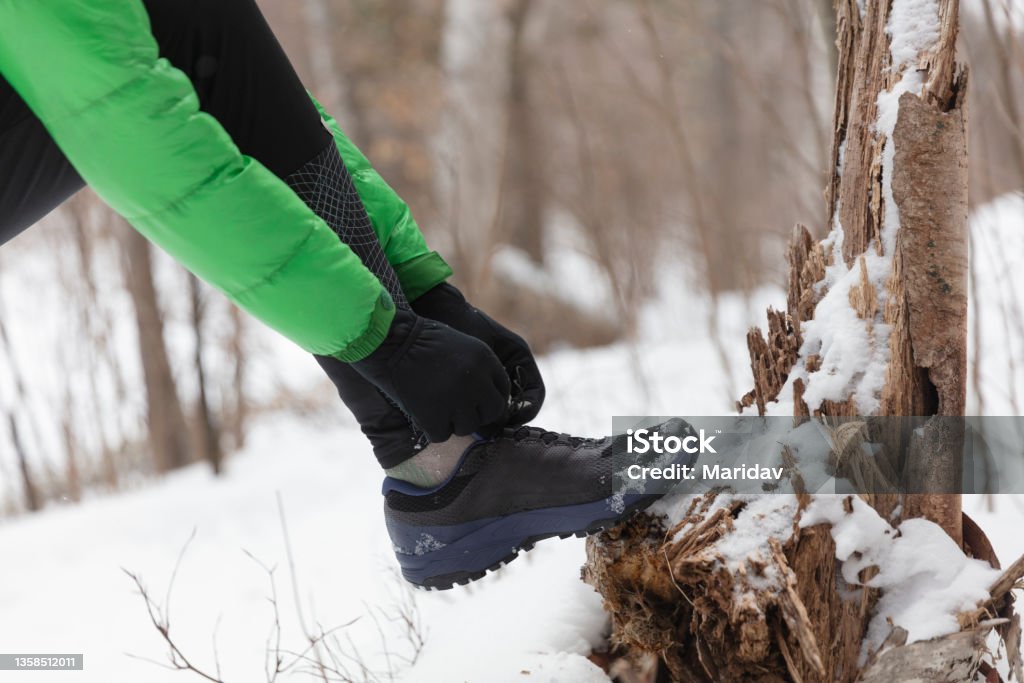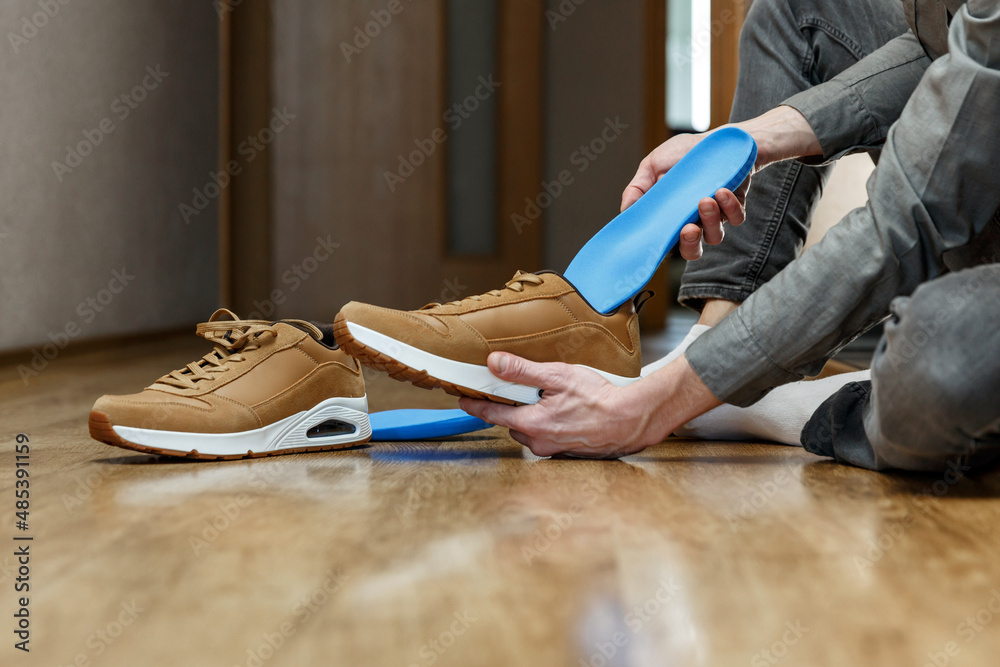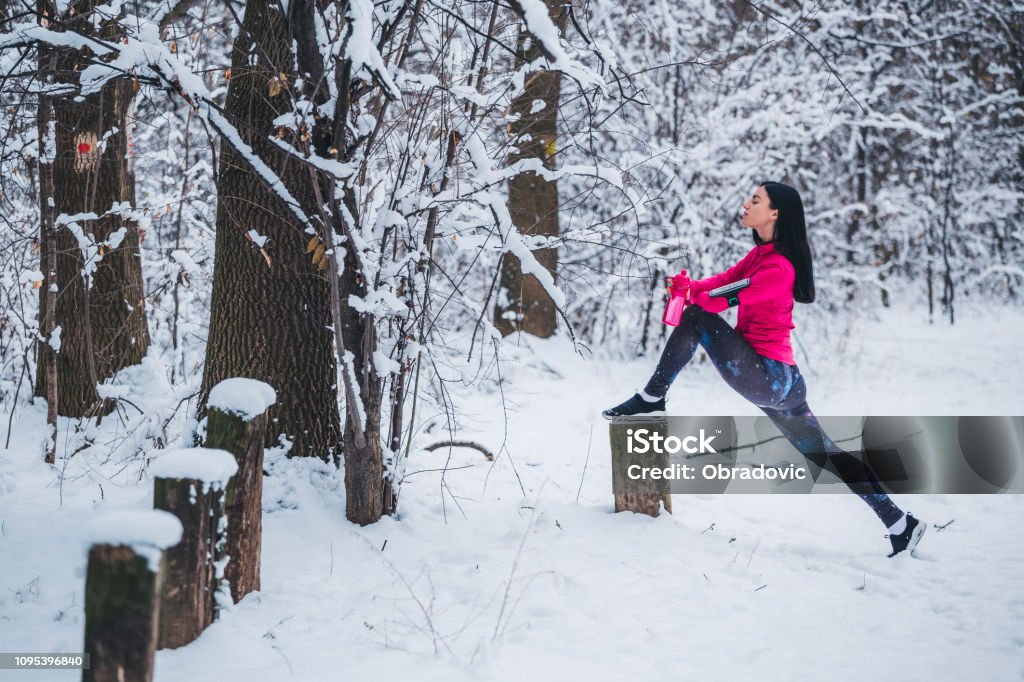cold weather insoles
Choosing the Right Cold Weather Insoles for Ultimate Comfort:

Introduction:
As the temperature drops and winter sets in, keeping your feet warm becomes a top priority. Cold weather can be harsh on your extremities, and investing in the right gear is essential for staying comfortable and maintaining optimal foot health. One crucial accessory for cold weather is a reliable pair of insoles designed specifically to combat the chill. In this article, we will explore the importance of cold weather insoles and provide a comprehensive guide on choosing the best ones for your needs.

Why Cold Weather Insoles Matter:


- Insulation:
Cold weather insoles are designed with insulation in mind. They provide an additional layer of warmth between your feet and the frozen ground, helping to retain the natural heat your body produces. The right insulation can make a significant difference in keeping your feet cozy and preventing conditions like frostbite. - Moisture Control:
Winter conditions often bring snow and slush, making it essential to keep your feet dry. Quality cold weather insoles are crafted from moisture-wicking materials that draw perspiration away from your feet. This not only helps in maintaining warmth but also prevents discomfort caused by dampness and potential issues like fungal infections. - Thermal Reflective Technology:
Some advanced cold weather insoles feature thermal reflective technology. These insoles are equipped with a reflective barrier that redirects heat back towards your feet, providing an extra layer of warmth. This technology is especially beneficial in extremely cold conditions.
Choosing the Right Cold Weather Insoles:

- Material Matters:
Opt for insoles made from insulating materials like wool, felt, or synthetic fibers designed for cold weather. These materials trap heat effectively and are often breathable, preventing excessive moisture buildup. - Thickness and Cushioning:
Consider the thickness and cushioning of the insoles. While thicker insoles may provide more insulation, they should still fit comfortably in your shoes without causing crowding. Look for insoles with a balance of thickness and cushioning to ensure warmth without sacrificing comfort. - Size and Shape:
Ensure that the insoles match the size and shape of your footwear. Ill-fitting insoles can lead to discomfort and may not provide adequate insulation. Some insoles are designed with specific shoe types in mind, so choose accordingly for the best fit. - Moisture-Wicking Properties:
Look for insoles with moisture-wicking properties to keep your feet dry. This feature is crucial in preventing not only cold-related issues but also foot odor and bacterial growth. - Antimicrobial Treatment:
To combat the effects of moisture and ensure hygiene, consider insoles with antimicrobial treatments. These treatments help in preventing the growth of bacteria and fungi, maintaining a healthy environment for your feet.
In conclusion:
Investing in the right insoles is a small yet significant step towards ensuring comfort and well-being during the winter months. Whether you’re braving the elements for outdoor activities or simply navigating your daily routine, the right insoles can make a substantial difference in keeping your feet warm, dry, and happy. Consider your specific needs, the climate you’ll be facing, and the features of various insoles to make an informed choice that will contribute to a more enjoyable winter experience. Buy now: https://amzn.to/4avEP1t
